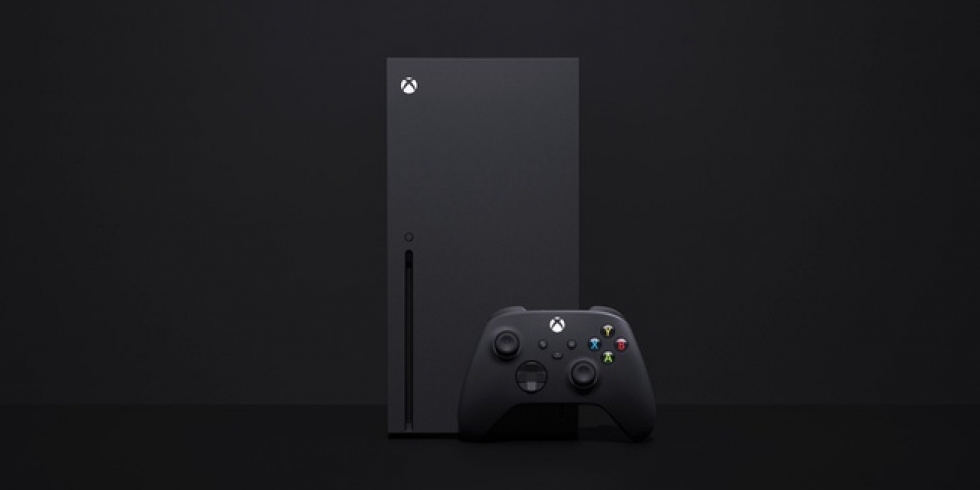Underneath Xbox's left and right triggers are ERM motors, small versions of the same motors that are in the grips of the controllers. Just like the main rumble motors, these can be programmed to be activated at specific points and intensities. It's the same rumble you've always known, but having them under the triggers was new and cool.
On PS5's DualSense controller, the exact nature of the mechanism under the triggers is not fully understood, but there are actual mechanical gears that adjust the tension of the triggers. Among other things, developers can vary the tension on the triggers as you're pressing them down, create stop points (can't be pressed any further past a certain point), create multiple resistance points during the trigger press, etc. They're extremely dynamic and unlike anything we've seen in a traditional console controller before.
And there is also the subject of "haptic feedback." Haptic feedback can by any kind of vibration, which is why I think people need to be more specific when referring to the vibration of DualSense. The Xbox controller has haptic feedback, yes, but it has the same ERM vibration motors you've seen in any other controller that's ever had rumble (besides the Switch controller). An asymmetric weighted mass on a shaft rotates, creating centrifugal force and displacing the motor, which gives you vibration. It's simple. You can program the time and the intensity.
Dualsense uses voice-coil actuators (specifically linear resonant actuators). Here is how Medium.com explains them, as they're more complex than ERM motors. "Unlike an ERM motor, a linear resonant actuator uses a voice coil instead of a DC motor. A voice coil takes an AC input and produces a corresponding vibration with a frequency and amplitude corresponding to the electrical signal it is provided. Since the device must be controlled with alternating current, the necessary circuit to drive the actuator is significantly more complex than a circuit used to drive an ERM motor with direct current. In spite of the increased complexity, the devices have several unique advantages. LRA’s will typically consume less power to produce a vibration than an ERM motor, and their performance characteristics allow for significantly shorter start-stop times in typical applications. In addition, LRA’s don’t produce as much noise because they do not have a spinning mass inside of them."
LRA motors are programmed using basically soundwaves, creating far greater variations in intensity and complexity than ERM motors, and because the vibration can start and stop immediately, the accuracy is incredible. Combine that with the adaptive-tension triggers, and the level of haptic feedback is on a whole other level than what we see in controllers like the Xbox One/Series X.
Hope that helps with people who are confused about the two styles of feedback. Purely from a haptic experience standpoint, comparing the two controllers are like comparing a cheap racing wheel with basic vibration to an expensive one with real force feedback.


